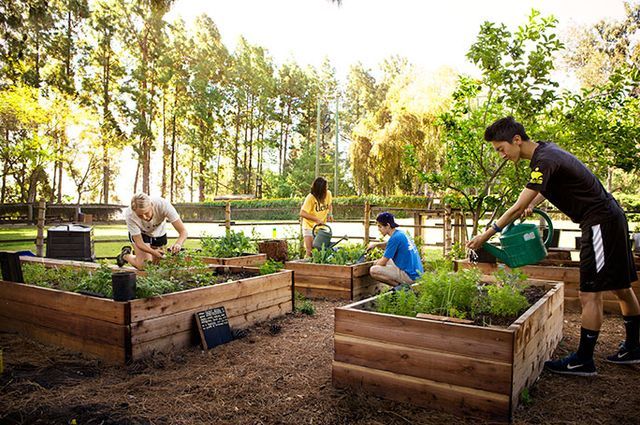Environmental Impacts of Rabbit Stew
July 14, 2019
Environmental Impacts of Rabbit Stew
To start, it is evident that the production of my meal was an inevitable example of farm to table. It was a completely hand picked meal down to the source of protein that was easily trapped and harvested on a camping trip in Merrill, Wisconsin. This meal consisted of vegetables that were harvested from a nearby garden by permission of the owner, rabbit meat, and spices from a big box store. A few aspects of my meal that I would like to elaborate on would be not only the way it was cooked over a wood burning fire, but the protein and vegetables that were grown sustainably in a close proximity to my campsite.
The impacts of the production of my meal can be broken down in a plethora of different ways but I would like to start by touching on the fire that was made by a small bundle of sticks and a "strike anywhere" match. I am unaware about the production of the tips of "strike anywhere" matches but I know that burning wood is essentially burning organic carbon which, in the long run, is detrimental to both our health and the air quality. CO2 in the air is in large abundance and is constantly debated about. I was a contributor to this issue, but like others in this world, I told myself it needed to be done. Fire making is most definitely a global issue because of the already increasing amounts of CO2 in our atmosphere. In countries like ours today, often time there is very little reason to justify why we make fires, and almost all the time, it is for personal entertainment. With this said, the US is most likely more accountable for campfires than other countries because of our prominent camping culture. I find it incredibly interesting to see people who are influencers of environmental activism use fires in the wilderness, only because of what I had just discussed about the contribution to climate change it most likely has.
The second item that I would like to discuss is the peppers that were picked from a nearby garden. I noticed that he had goats in his backyard which most likely produced feces in which were used to fertilize his garden. The food from the garden is about as sustainable as one can get, other than using groundwater to water the plants in a dry spell. I would consider the peppers that were used to be a local item, given that they were locally grown in a residents garden. The environmental impacts that this may have influenced would be associated mostly with the way it was harvested. To get to the garden, I most definitely walked off the beaten path. I most likely trampled wild plants to get to the garden from my campsite while also damaging the ecosystems of wildlife at the same time.
My meal had limited waste other than the cleaning of the rabbit and the packaging that was taken off the spices almost a year prior to the night of the camp. I thought in whole that this meal was rather sustainable. With limited ingredients, it made for an environmentally friendly meal compared to others.

https://www.sustain.ucla.edu/wp-content/uploads/ucla-garden_mid.jpg
This is an example of a raised bed garden that was much like the one that I obtained a plethora of ingredients used in my stew.
It is obvious that in order to make the gardens, a transformation of the top soil was needed to be done. Tilling it and applying mulch for a weedless surface.

Comments
Post a Comment